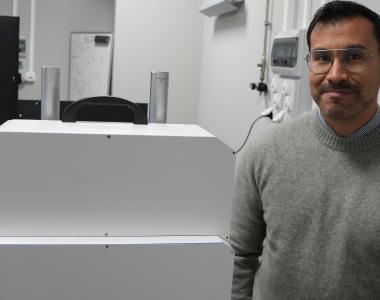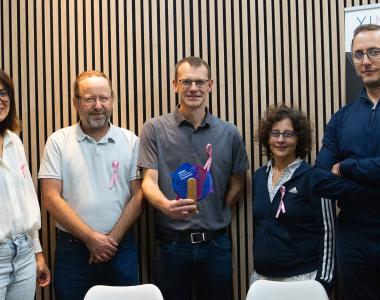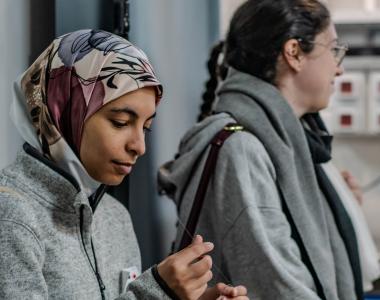News
Industrie 4.0: the success of the LEA SCALP under the LASHARE project
The aim of the SCALP LEA was to validate a 3D scanner to automatize steel sheet laser cutting for the transformation of vehicles suitable for disabled drivers.
ALPhANOV has been involved in several LEAs (Laser Equipment Assessment) since the beginning of the LASHARE project, including the LEA SCALP. This LEA brings together ALPhANOV and two SMEs, ACA and Faro Europe. This project, lasting 24 months, is coming to an end.
ACA is the European leader in the adaptation of automotive equipment for people with disabilities. Its vehicle manufacturing process has remained largely "homemade" and relies on the mechanical cutting of the car body by technicians. Faced with increasing demand for vehicles adapted for drivers with disabilities, ACA has decided to engage in a large-scale industrialization process. The SCALP LEA represents a preliminary step in this large-scale industrial project. It aims to evaluate laser machining and metrology solutions to be integrated into ACA's industrial process as part of an industry 4.0.
The objective of the LEA SCALP was to evaluate a FARO 3D scanner for use in reproducing the 3D shape of the car floor. A fiber laser was then integrated into a robot cell to automatically laser cut the vehicle body.
You can look at the result for yourself:
The obtained results:
Duration of the scan and the cut:
- Time to remodel the vehicle in 3 scans: 45 min only
- Cutting time for a complete vehicle: between 1h and 1h15
The scan and cutting take about 2 hours, manually it takes between 8 and 10 hours. The body scan was carried out with the FARO 3D scanner integrated on the 6-axis robotic arm of the ALPhANOV technology center. This robot achieves an accuracy of 35 μm and can be combined with a laser cutting head but also a galvanometric scanner.
Details obtained:
- +/-1 mm on complex geometries
- +/-0,5 mm on almost flat/simple geometries
The objective was set at +/- 2mm (today the repeatability is estimated at +/- 2 cm).


